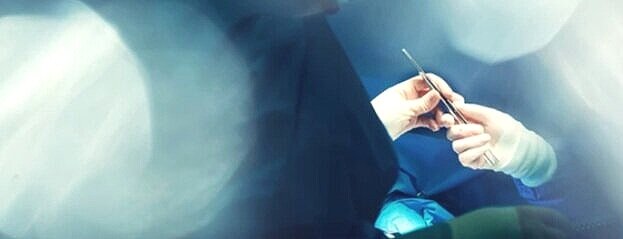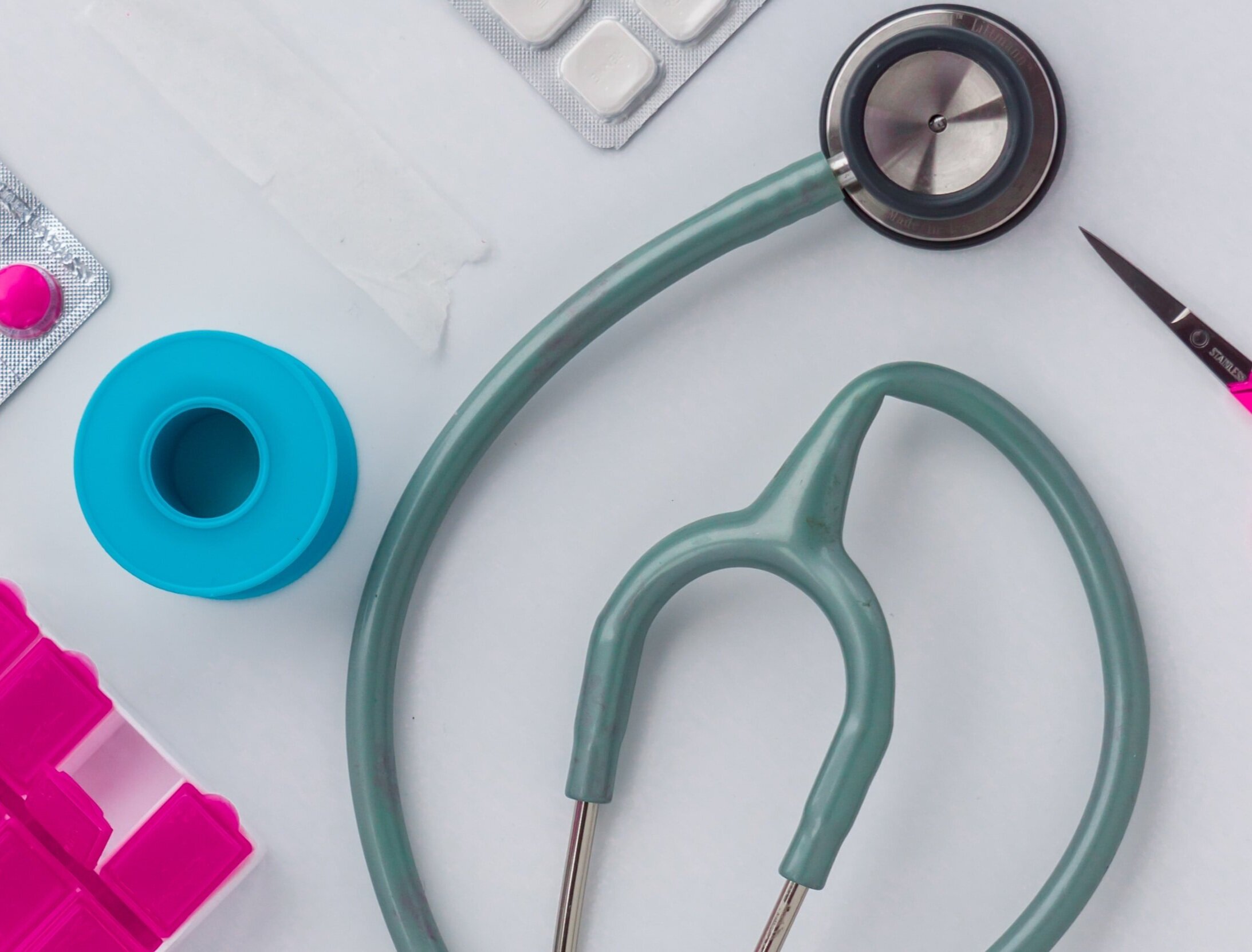
Pilonidal Disease Surgery
Patients who have had more than one (1) infection or ongoing symptoms associated with pilonidal disease may benefit from surgery.
Surgery is the most reliable way to remove pilonidal disease.
Are there different types of pilonidal surgery?
Yes. There are different types of pilonidal sinus surgery.
Which procedure is recommended depends on factors such as the number and size of pilonidal sinus(es), previous infections and your general health.
What are the different types of pilonidal surgery?
The different types of pilonidal surgery include:
Incision and drainage of pilonidal abscess
Lay open of pilonidal sinus tract(s)
Excision (cutting out) of all pilonidal sinus tissue
Incision and drainage of pilonidal abscess may be required if infection is present. This will remove any pus present and resolve the abscess. It does not remove the pilonidal sinus(es).
Lay open of pilonidal sinus tract(s) involves finding the paths (tracts) under the skin leading from a pilonidal sinus. The skin over these tracts is opened and the tracts are cleaned out. The opened tracts are left to heal from the ‘bottom up’ with a combination of dressings and the body’s own healing process.
Excision (cutting out) of all pilonidal sinus tissue, including tracts and previous sites of abscess (infection), tends to lead to better long term outcomes. The amount of tissue removed is larger than the procedures described above. As such, a flap may be required to close the wound. A flap is adjacent healthy skin and tissue. A thin drainage tube may be left in the wound to prevent fluid build-up. This is temporary and will be removed at a later date.
Before the procedure
The preferred time to have pilonidal sinus surgery is when there is no infection present.
No specific preparation is required before pilonidal sinus surgery. However, things you can do to make the surgery more successful include:
Stop smoking for at least 4 weeks. This is recommended because smoking prevents wound healing.
Pilonidal sinus surgery is performed under general anaesthesia. You will need to have an empty stomach before any surgery, to prevent vomiting during the procedure. You will be advised how long to fast (not eat or drink) before the surgery.
If you take medications, have allergies or other medical conditions, Dr Zhu can provide individualized advice regarding this prior to the procedure.
After the procedure
Avoid excessive movement and putting pressure on the wound for the first 2 weeks.
Avoid sitting upright or sleeping on your back. It is recommended to sleep and sit on your side.
Limit excessive physical activities
Recovery times will vary. How long the wound takes to heal depends on which procedure has been performed. Most patients can return to normal activities and/or work after 2-4 weeks. If dressings are required, healing times will be longer.
Once healing is complete, it is important to keep the area clean and free of hair. This will help prevent pilonidal sinus disease from coming back. Hair removal options include:
Regular shaving
Laser hair removal
Risks
Pilonidal sinus surgery is generally very safe. However, any operation has possible risks or complications.
Possible risks associated with any surgery include:
Bleeding
Infection
Blood clots. These may develop because you are under anaesthesia and do not move during the surgery time. Preventative anti-clotting medication may be administered during your hospital stay.
Possible risks associated with pilonidal sinus surgery include:
Breakdown of the wound
Slow healing
Scarring at the wound site
Numbness around the wound
Recurrence (i.e. the pilonidal sinus may come back)




